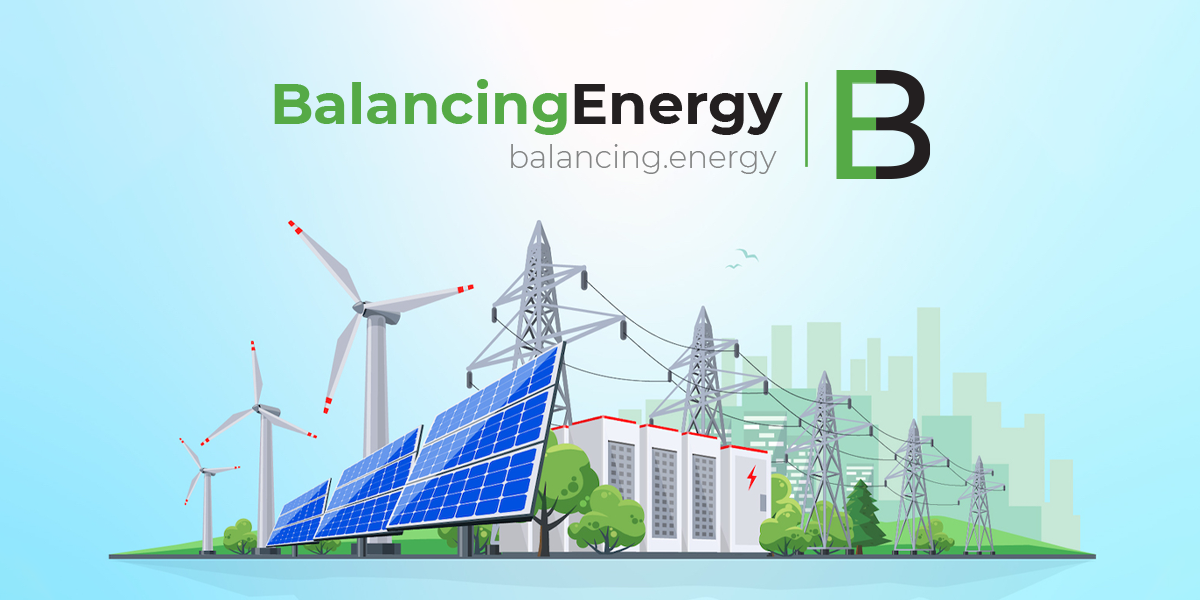Greece recorded a significant increase in natural gas consumption in the first quarter of 2025, with total usage reaching 22.3 TWh, a 35.07% jump from 16.51 TWh in the same period of 2024, according to data released by the country’s gas transmission operator, DESFA.
This surge builds on strong growth in 2024, when annual consumption rose by just over 30%. Domestic demand in Q1 2025 alone hit 20.86 TWh, up 28.61% year-on-year, while exports skyrocketed nearly 400%, from 0.29 TWh to 1.44 TWh.
Electricity producers remained the dominant consumers, accounting for approximately 64% of domestic gas use.
The Revythoussa LNG terminal reasserted its role as the country’s main gas import hub, handling 44.5% of total imports. Between January and March, the terminal received 20 LNG shipments totaling 10.65 TWh, up from 9 shipments and 6.93 TWh a year earlier. The United States led as the top supplier with 8.65 TWh, nearly doubling its 2024 volume. Nigeria and Norway followed with 1.12 TWh and 0.93 TWh, respectively.
Revythoussa’s strategic importance is growing, as reflected in a recent auction where nearly all unloading slots were booked through 2030.
Sidirokastro, located at the Greek-Bulgarian border, supplied 8.66 TWh, or 38.8% of total imports, up 19.45% year-on-year. Nea Messimvria, an entry point for the TAP pipeline, contributed 2.69 TWh, or 12.05%, while the Amfitriti connection from the Alexandroupoli LNG terminal accounted for the remaining 4.6% of imports.
LNG truck deliveries from Revythoussa surged 270%, with 144 trucks transporting 43.5 GWh of LNG in Q1 2025, compared to 39 trucks the year before. This growth underscores the increasing role of LNG trucks in supplying remote areas and industrial users both within Greece and in neighboring countries.
Greece also increased its Russian gas imports by 19.45%, but the share of Russian gas in the overall mix fell to 38.8%, down from 43.8% in Q1 2024, indicating a diversification of supply sources despite increased volumes.










